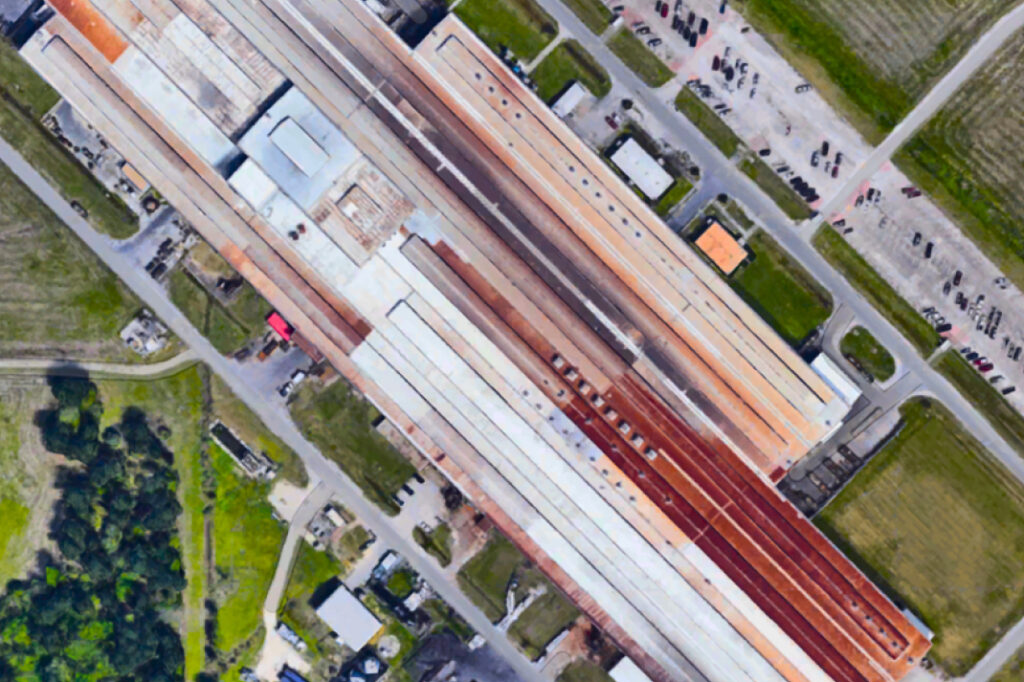Installing gutters on a metal building is a crucial step in maintaining its structural integrity and protecting it from water damage. Metal building gutters play a vital role in directing rainwater away from the building’s foundation, preventing erosion, and minimizing the risk of leaks and moisture-related issues. However, installing gutters on a metal building requires careful planning and execution to ensure optimal functionality and longevity. In this comprehensive guide, we will provide you with expert tips and techniques for successfully installing metal building gutters.
Understanding the Importance of Metal Building Gutters
Metal building gutters serve several essential functions, including:
- Water Diversion: Gutters collect rainwater runoff from the roof and direct it away from the building’s foundation, preventing soil erosion and foundation damage.
- Preventing Water Intrusion: By channeling rainwater away from the building, gutters help prevent leaks and moisture infiltration, which can cause structural damage and mold growth.
- Protecting Exterior Surfaces: Gutters help protect exterior walls, windows, and doors from water damage, extending the lifespan of these components.
- Preserving Landscaping: Properly installed gutters prevent water from cascading off the roof, which can damage landscaping and create unsightly puddles around the building.

Preparing for Gutter Installation
Before you begin installing metal building gutters, there are several preparatory steps to take:
- Assess the Roof: Inspect the roof of your metal building to determine the optimal placement and layout of gutters. Consider factors such as roof slope, drainage patterns, and potential obstructions.
- Gather Materials: Purchase high-quality gutter materials, including gutter sections, downspouts, elbows, fasteners, and sealant. Choose materials that are compatible with the metal roofing system and suitable for the local climate.
- Plan the Layout: Sketch out a gutter layout plan, including the placement of downspouts and any necessary accessories. Ensure that the gutter system slopes gently toward the downspouts to facilitate proper drainage.
- Safety Precautions: Prioritize safety by using appropriate personal protective equipment (PPE), such as gloves, safety glasses, and a sturdy ladder. Work with a partner when installing gutters at height to prevent accidents.
Step-by-Step Guide to Installing Metal Building Gutters
Follow these detailed steps to install metal building gutters effectively:
1. Measure and Cut Gutter Sections
- Measure the length of each gutter section needed for your building’s perimeter.
- Use tin snips or a hacksaw to cut gutter sections to the appropriate size, ensuring clean, straight cuts.
2. Install Gutter Hangers
- Position gutter hangers along the eaves of the roof at regular intervals, following the layout plan.
- Secure gutter hangers to the roof using screws or bolts, ensuring they are level and properly aligned.
3. Attach Gutter Sections
- Place gutter sections onto the installed hangers, ensuring they fit snugly and align with the roofline.
- Secure gutter sections to the hangers using screws or rivets, ensuring a tight, secure fit.
4. Add End Caps and Outlets
- Install end caps at each end of the gutter sections to prevent water from escaping.
- Attach gutter outlets at strategic locations to allow rainwater to flow into downspouts.
5. Install Downspouts and Elbows
- Position downspouts at the corners of the building and along the gutter system as needed.
- Attach elbows to the bottom of downspouts to direct water away from the building’s foundation.
6. Seal Joints and Connections
- Apply a bead of high-quality gutter sealant to all joints, seams, and connections to prevent leaks.
- Ensure that sealant is applied evenly and allowed to dry completely before exposing the gutter system to water.
7. Test the System
- Once the gutter system is installed, test it by running water through the gutters and downspouts.
- Check for proper drainage, ensuring that water flows smoothly and efficiently away from the building.
Maintenance and Care Tips for Metal Building Gutters
To ensure the longevity and effectiveness of your metal building gutters, follow these maintenance and care tips:
- Regular Cleaning: Remove debris, such as leaves, twigs, and dirt, from the gutters and downspouts to prevent clogs and blockages.
- Inspect for Damage: Periodically inspect the gutter system for signs of damage, such as rust, corrosion, or loose fasteners. Address any issues promptly to prevent further damage.
- Trim Overhanging Branches: Keep tree branches trimmed to prevent them from overhanging and clogging the gutter system.
- Clear Snow and Ice: During winter months, remove snow and ice buildup from gutters and downspouts to prevent damage and ensure proper drainage.
- Professional Inspections: Schedule annual inspections by a professional roofing contractor to assess the condition of the gutter system and address any maintenance or repair needs.

Conclusion
Installing metal building gutters is a critical aspect of maintaining the integrity and longevity of your structure. By following the tips and techniques outlined in this guide, you can ensure a successful gutter installation that provides effective water management and protection against moisture-related damage. Additionally, considering the importance of metal building repair, addressing any issues promptly will contribute to the overall maintenance of your property and prevent potential structural damage. Remember to prioritize safety throughout the installation process and to perform regular maintenance to keep your gutter system in optimal condition. With proper care and attention, your metal building gutters will serve your property well for years to come, safeguarding it against the elements and preserving its value.



